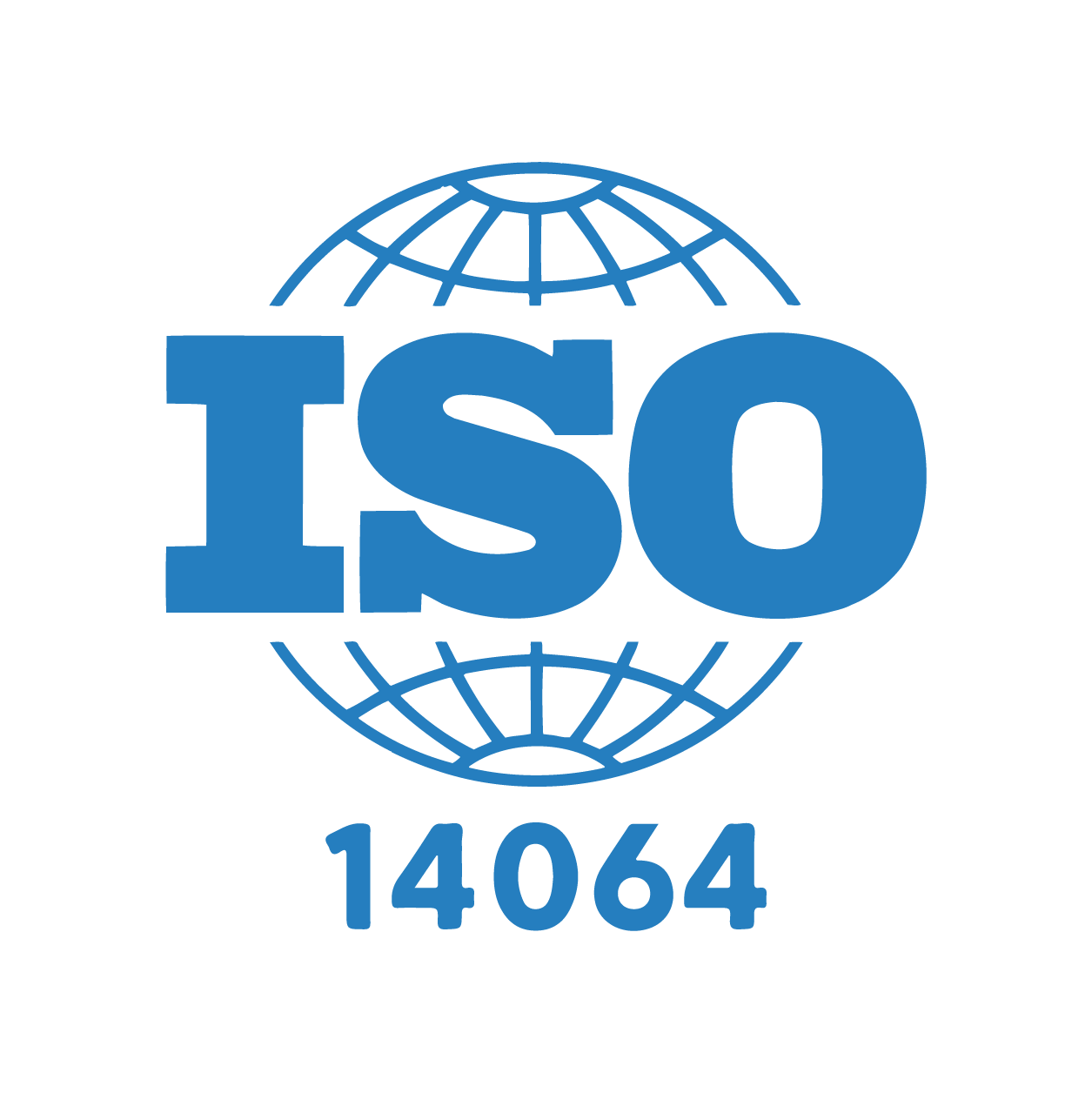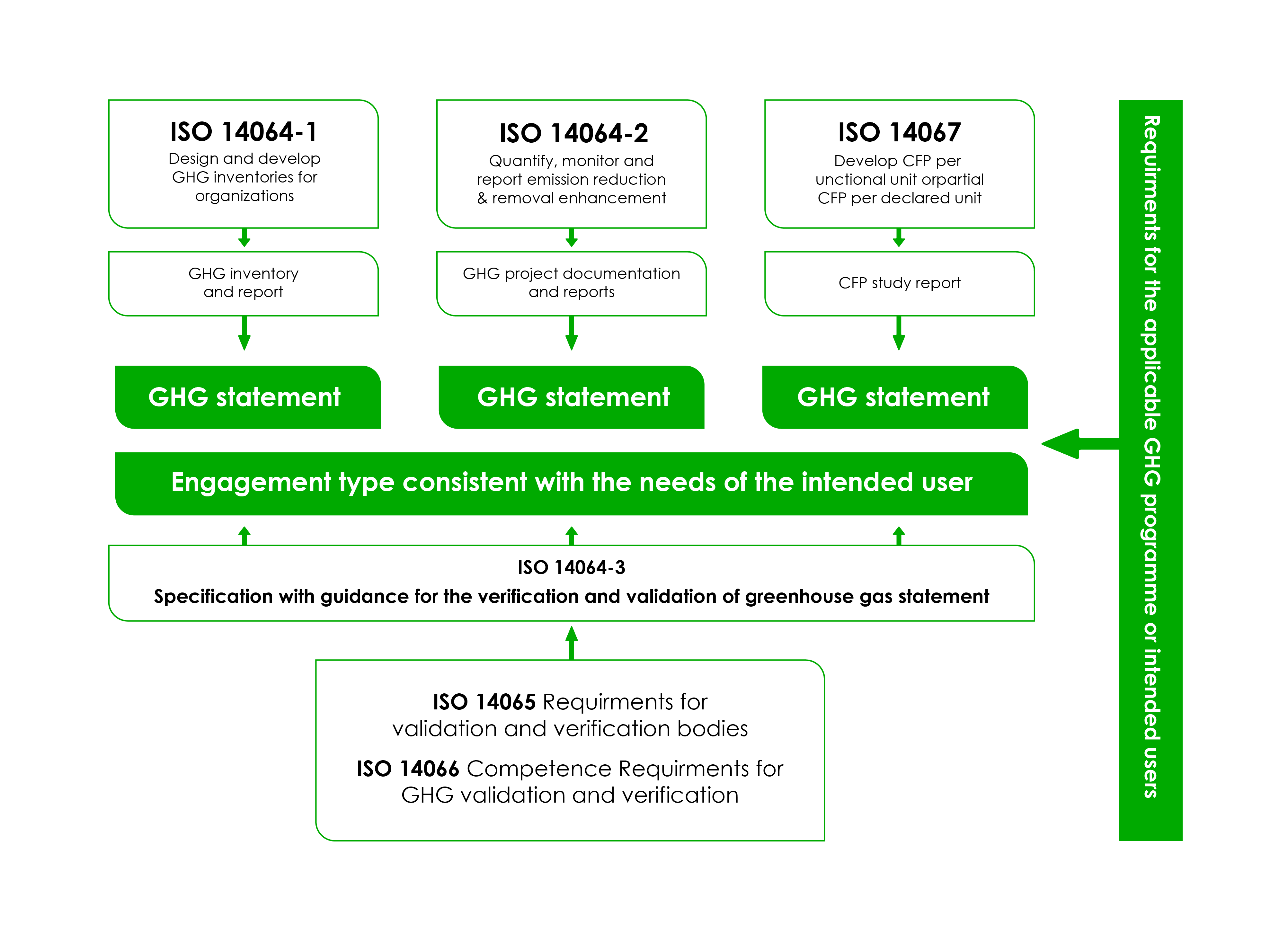
ISO 14064 Certification Training for Career Growth in GHG Auditing
Introduction: ISO 14064 is a globally recognized standard that provides a clear framework for measuring, monitoring, reporting, and verifying greenhouse gas (GHG) emissions. It is essential for organizations aiming to manage their carbon footprint effectively, improve climate transparency, and meet rising demands for ESG compliance and net-zero readiness.
As businesses face growing regulatory pressures and stakeholder expectations, ISO 14064 offers a trusted methodology to quantify Scope 1, Scope 2, and optional Scope 3 emissions in line with international climate frameworks such as the GHG Protocol, Science-Based Targets (SBTi), and the Paris Agreement.
This introduction to ISO 14064 explores its significance for modern organizations and how it supports environmental accountability, sustainability reporting, and long-term climate strategy.
GSCS International Ltd. helps companies adopt and implement ISO 14064 through expert-led training, verification, and technical support—empowering your business to build a credible, low-carbon future.

What is ISO 14064?
ISO 14064 is divided into three parts, each targeting different aspects of GHG emissions management:
ISO 14064-1: Organizational-Level GHG Quantification and Reporting
This part defines principles and requirements for quantifying and reporting GHG emissions and removals at the organizational level. It covers:
- Scope 1 (direct emissions)
- Scope 2 (indirect emissions from energy)
- Scope 3 (optional value chain emissions)
It is ideal for companies seeking to develop a complete GHG inventory for internal tracking or public disclosures.
ISO 14064-2: Project-Level Emission Reductions
This section provides guidance on GHG reduction or removal projects. It supports organizations that implement carbon mitigation initiatives and want to calculate the climate benefits of:
- Renewable energy projects
- Reforestation/afforestation
- Waste-to-energy systems
- Energy efficiency upgrades
ISO 14064-3: Verification and Validation of GHG Data
This part outlines the requirements for independent third-party verification and validation of GHG data. It ensures the reported emissions are accurate, complete, consistent, and reliable—ideal for compliance, assurance, and reporting credibility.
Why ISO 14064 is Important for Businesses
Implementing ISO 14064 is essential for businesses that want to meet growing climate expectations, manage risks, and lead in sustainable development:
- Regulatory Compliance: ISO 14064 aligns with climate disclosure laws (e.g., CSRD, TCFD, SEC), making it a smart tool for future-proofing compliance.
- Transparency & Accountability: Verified emissions reporting boosts stakeholder confidence and aligns with best practices in ESG reporting.
- Foundation for Net-Zero: ISO 14064 establishes a robust GHG inventory, which is essential for setting science-based or net-zero targets.
- Market & Investor Value: Credible reporting is key to accessing green finance, climate-conscious investment, and carbon markets.
The Benefits of ISO 14064 Implementation
Businesses that implement ISO 14064 through GSCS International benefit from:
- International Recognition: Being ISO 14064-certified adds global credibility to your climate actions and environmental claims.
- Reliable Emission Data: Gain accurate and auditable GHG data that support effective climate strategies, goal setting, and progress tracking.
- Stakeholder Confidence: Transparent reporting enhances investor, regulator, and customer trust, improving brand reputation and ESG ratings.
- Risk Mitigation & Efficiency: Identify emission hotspots and opportunities to cut energy use, operational inefficiencies, and carbon-related risks.
How to Achieve ISO 14064 Certification
Here’s a step-by-step guide to implementing ISO 14064 in your organization:
1. Define Scope and Objectives
Decide which part of ISO 14064 applies:
- ISO 14064-1 for full organizational emissions
- ISO 14064-2 for project-based reductions
- ISO 14064-3 for third-party verification
2. Develop GHG Inventory
Collect activity data (e.g., fuel, electricity, logistics), apply IPCC or local emission factors, and calculate your GHG output.
3. Prepare Documentation
Document your GHG methodology, assumptions, emission sources, and calculation process following ISO guidance.
4. Engage a Verifier (GSCS)
Partner with an accredited body like GSCS International Ltd. to conduct an independent verification of your emissions data under ISO 14064-3.
5. Receive Verification Statement
After a successful assessment, receive a formal GHG Verification Statement to include in ESG reports, CDP submissions, or carbon disclosures.
Why Choose GSCS International Ltd. for ISO 14064 Verification?
GSCS International Ltd. is your trusted partner in climate integrity and ISO standard implementation:
- Accredited & Globally Recognized – We are authorized to verify ISO 14064 reports across sectors and countries.
- Technical Expertise – Our team includes ISO-trained auditors, GHG specialists, and sustainability consultants.
- Tailored Support – Whether you’re new to carbon accounting or a seasoned reporter, we provide flexible, practical guidance.
- End-to-End Services – From training and inventory support to third-party verification and certification.
- Commitment to Excellence – We help you achieve high standards in environmental reporting with minimal complexity.
Conclusion:
In a world where climate transparency is no longer optional, ISO 14064 provides a structured and credible path for businesses to measure, report, and verify their greenhouse gas emissions. It strengthens ESG compliance, builds stakeholder trust, and positions your organization as a climate leader.
Whether you're aiming for net-zero targets, green investment, or regulatory alignment, GSCS International is ready to guide you every step of the way.
FAQ:
ISO 14064 is used to measure, manage, and verify greenhouse gas emissions at organizational or project levels.
14064-1 covers organizational GHG reporting; 14064-2 covers GHG projects; 14064-3 covers verification/validation of GHG reports.
Organizations reporting to ESG frameworks, regulatory authorities, or seeking carbon neutrality/net-zero targets.
Not always, but it is often required or recommended for compliance, sustainability disclosures, and investor assurance.
Activity data (fuel use, electricity, refrigerants), emission factors, calculation methodologies, GHG inventory reports, and supporting evidence.
